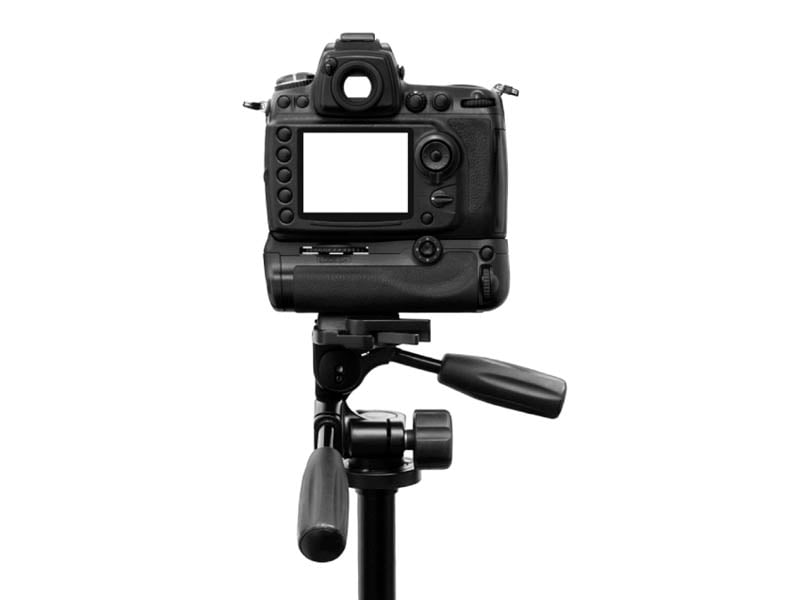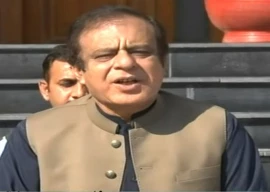
The past few years have seen photography take over the digital world by storm. Camera bigwigs like Nikon and Canon compete for state-of-the-art cameras, tripods and other photography equipments. Editorial software like Adobe Photoshop, Illustrator and Microsoft Picture Manager have revolutionised imagery across the world and mobile applications like Instagram have sparked the layman’s interest in photography to new heights.
Nonetheless, there are but a few who possess the skills and technical knowledge required to take a good picture. They can capture an image but fail to capture the life in the image. But with a little know-how and experience, you can become a better photographer too! Keep reading for some important tips from professionals working in our three favourite photography arenas — fashion, event and food photography. Happy shooting!
Lights, camera, fashion!
Do you have a loved one who is launching their own clothing line soon and have asked for your help to shoot the models? If yes, then the following tips are for you. According to Pakistan’s leading fashion photographer, Umair bin Nisar, fashion photography is a difficult process where every little detail is scrutinised thoroughly. Not to mention, he says there is no correct angle or lighting that fits all. “Everything depends on the location you choose for the shoot,” he shares. “Whether it is indoors, outdoors or in the studio, the picture depends on the creativity of the photographer and how well they can play with the surroundings.”

The first photograph ever, taken by French scientist Joseph Nicephore Niepce.
Keeping in mind that the focus of a fashion shoot is the clothes, Umair suggests an appropriate background in line with the outfits. “Try and blend the clothes with the location. They must relate to one another in order to bring out the best of the clothes.” For formal clothing, Umair prefers indoor locations and open-air sets for casuals. Running his own studio and years of experience have taught him that a photographer needs to think for at least 10 minutes before pressing the shutter button, regardless of the object in question. “Always remember, you don’t take picture. You make pictures!”
Of course, none of this is significant if you don’t understand the process of fashion photography first. For this, invest in a copy of world-renowned photographer Melissa Rodwell’s DVD Fashion Photography Exposed: From Fantasy to Reality which highlights the lifecycle of a good shoot. Melissa summarises it as follows:

• Preparation makes perfect: Remember to take crucial care of every little detail beforehand, in fact, days before the shoot. This includes equipment, scheduling, models and conceptualisation, etc.
• Highlight the clothing: As Umair explained, clothes are the main focus of the shoot. But getting the right clothes can be challenging.
• Gather the troops: You must be a team player to make a difference! Learn to effectively communicate your ideas to the models, designers, hair & makeup artists and technicians to achieve your unique vision.
• Directing the model: You can create magic even with a first time model if you know the right poses to flatter the clothes.
Lastly, don’t forget to use reflectors to bounce the any external light off and fill in the shadows for balanced lighting.

A sample of food photography by Rahat Rafiq.
Event management
“At special events, one needs to have an eye for a moment that is normal but unexpected,” says Eema Alvi, junior photographer at R Photography. Commenting on the recent shift from ‘proper’ shoots to more natural, casual posing – particularly at wedding functions — Eema adds that, “If a picture is too posed, it loses its magic.”
With the winter wedding season just round the corner, you might want to follow Eema’s pointers and seek out special, spur-of-the-moment shots rather than staged ones. She also specifies that science has proved that our eyes move from left to right or vice versa. Therefore, it is best to avoid pictures where the subject is centered. “They should be on either sides, with little gap on each side. This gives the picture an edge and makes it visually pleasing.” Light should always fall on your subject, rather than behind them or on the camera.
Remember there is much more to event photography than purchasing a DSLR and taking snaps of random things around you. “Consider the attendees as your subjects,” advises Alvi. “Look at them from different angles and perspectives. Most importantly, understand the technical aspects of your camera well. The more you play around with it, the more comfortable you will be.”

A sample of event photography by Eema Alvi.
Like the foodie in you
Share your passion for food with the rest of the world? Still-life photographer Rahat Rafiq has the tips you are looking for! “Food photography is all about light, colour and composition, with the subject’s vibrancy adding to the overall picture,” explains Rahat. “Play with the composition of the subject while shifting angles and always go for a bigger light source,” he adds. Small apertures with still life setups are also highly recommended.
“If you are shooting food items for commercial purposes then bright, crisp and clear photos focusing largely on the subject are the ones that sell well,” says Rahat. “With the changing trends, you carry your phones more than a camera. Practice with them, wherever you go as that is the start of you being an awesome photographer!”
Published in The Express Tribune, Ms T, September 28th, 2014.
COMMENTS (1)
Comments are moderated and generally will be posted if they are on-topic and not abusive.
For more information, please see our Comments FAQ

























































This was informative. Btw, Binfer is a great tool for sending entire albums to someone. More http://www.binfer.com/solutions/domains/file-sharing-solution-for-video-production